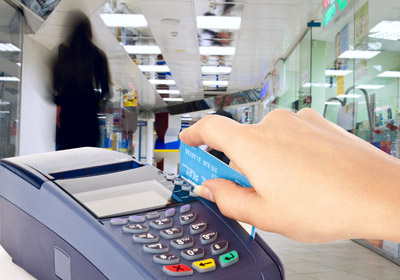Utilization Rates: What Are They And Why Should I Care?
 Many people think that limiting themselves to a single credit card will show the credit bureaus that they have restraint and can be responsible. Sure they might charge things until the card is near its limit, but they pay it off every month, or at least every other month.
Many people think that limiting themselves to a single credit card will show the credit bureaus that they have restraint and can be responsible. Sure they might charge things until the card is near its limit, but they pay it off every month, or at least every other month.
Unfortunately for those people, what they see as “responsibility” doesn’t look that way to the credit bureaus. This is because of something called your utilization rate.
What is a utilization rate?
Utilization rate refers to the percentage of your total credit limit that you’re currently using. The optimal utilization rate is 30%. That means that if your credit card has a $1000, the credit bureaus don’t want to see you putting more than $300 on the card at one time.
So what do you do if you’re over the 30% line? Well, if you only have one credit card, the best option would be to simply get another one. The optimal number of cards to have is actually three to five, so if you’re under that limit, spreading out the amount you owe over a few cards would work heavily in your favor.
If you already have a few credit cards, you can ask the credit companies to raise your limits to get you back under 30%. If you do this, be sure to check that your new, higher limits are being reported to the credit bureaus, or you could be hurting your score even more without even knowing it.
Your utilization rate is responsible for roughly 30% of your credit score, so if yours is higher than you want it to be, take steps now to get it under control and begin improving your credit score.
What to watch out for…
Just because you believe your utilization rate is at 30%, it doesn’t mean your credit card company is reporting the same statistic. Yearly fees, late fees and other charges are all part of your spending. If you don’t know when they are applied and you are close to the 30% mark, these little charges could put you over. A good practice is to try and stay below 20% to 25% to be on the safe side.


Latestpost
14
Jul
Factors That Can Help First-Time Borrowers Establish Credit
It is one thing to have bad credit in today’s wo ...

Download our
FREE GUIDE
and get weekly money-savings tips!
KnowledgeBase
Essentials




